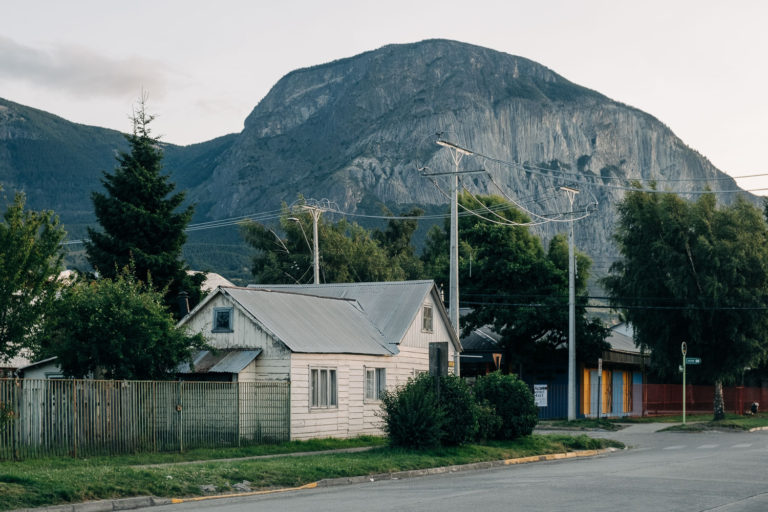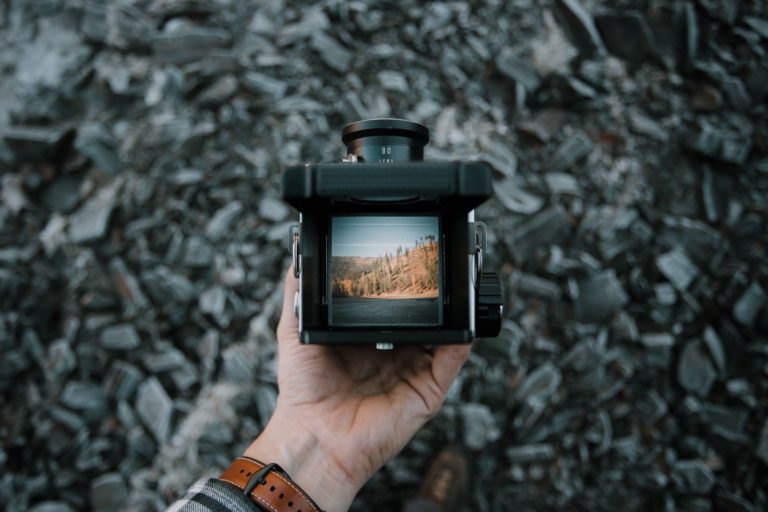6 Simple Steps to Describe a Photo
Struggling to find the words on how to describe a photo in creative writing?
Describing a photo can be kind of difficult. But with a structure, or a formula it’s really not hard at all. Read the guide to give you some inspiration on how to easily describe a photo.
When it comes to describing a photo, it can be challenging to know where to start.
But with with six easy steps, you can learn how to describe a photo with ease.
Look at the examples and then try it with a photo that you took.
How to Identify the Subject of a Photo
When you describe a photo, it’s really important to identify the subject of the photo.
The subject is just the main focus of the picture and it’s usually the very first thing that you see. It’s probably the easiest thing to identify in the picture.
Another way to identify the subject of a photo is to look at the main contents of the image. This includes any people, objects, or animals that are prominent in the photo. For example, if the photo shows a person holding a book, the subject of the photo is likely the person and the book.
Let’s Practice
Cover up the picture with a notebook or paper in front of you. Totally hide it.
Next, immediately remove the paper and glanced at the picture for about 2 to 3 seconds. Cover it up again.
Now, what was the thing that you noticed?
That’s the subject. Now glance at the photo below.

Can you tell me what the subject is?
Easy right? It’s our beautiful Cocker Spaniel puppy, Luna.
Another way to identify the subject of a photo is to look at the main contents of the image. This includes any people, objects, or animals that are prominent in the photo. For example, if the photo shows a person holding a book, the subject of the photo is likely the person and the book.
Let’s identify the subject of this photo 👇

Again, you probably guessed it almost immediately.
It’s the pretty red and blue house in the center of the frame.
How to identify the subject of photo when there is no main subject?
It is also essential to look at the photo’s composition when identifying the subject. The composition refers to how the elements in the photo are arranged. The subject is usually placed in the center or at the forefront of the photo.
Sometimes though you’ll find a photo that does not seem to have a main subject.
Take the photo below for example. It’s a pleasing scene, but what exactly is the main subject?
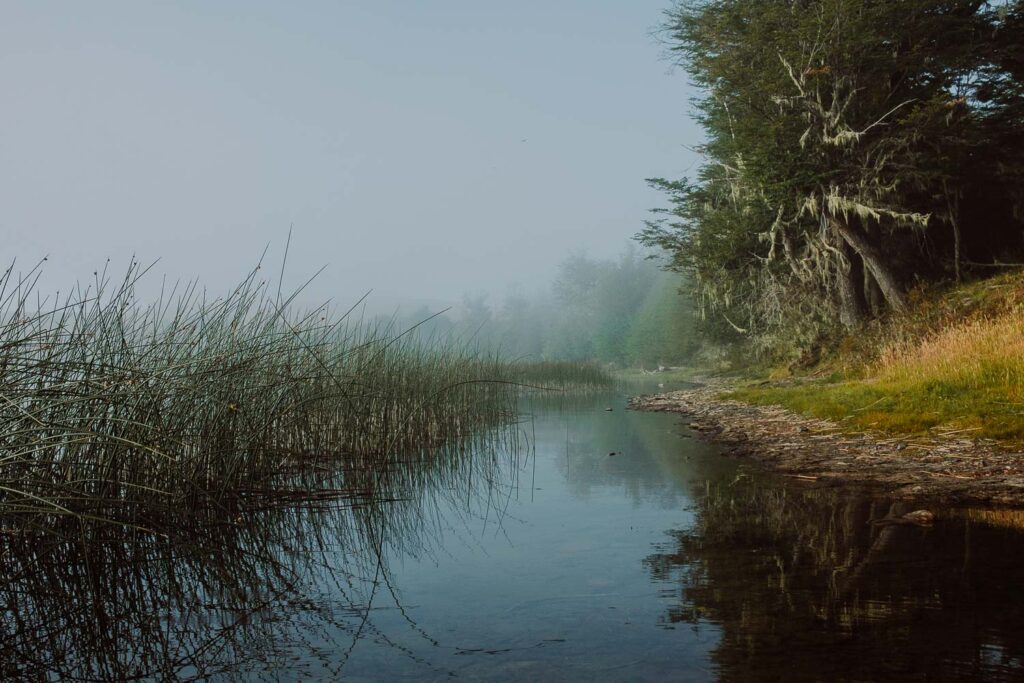
Let’s try the glance test. Cover the photo, and look away for a minute. Now take the cover off and look at the photo for just a second or two.
My initial reaction is, “Water, reflection, and lake”. My eye is also drawn to the contrast between the blue water and yellow grass but more on color below.
Since there is no central “object” that is easily definable in a single word, like puppy, or house we can simply say there is no single subject. For example:
This photo does not have a singular subject. It is a landscape photo showing a calm lake in early morning or late evening, surrounded by reeds, trees, and a light fog.
When I put this exact description into MidJourney this is one of the four selections it generated on the first try. Obviously it’s not an exact copy of our photo above, but it conveys the same general idea, and surprisingly even the feeling.
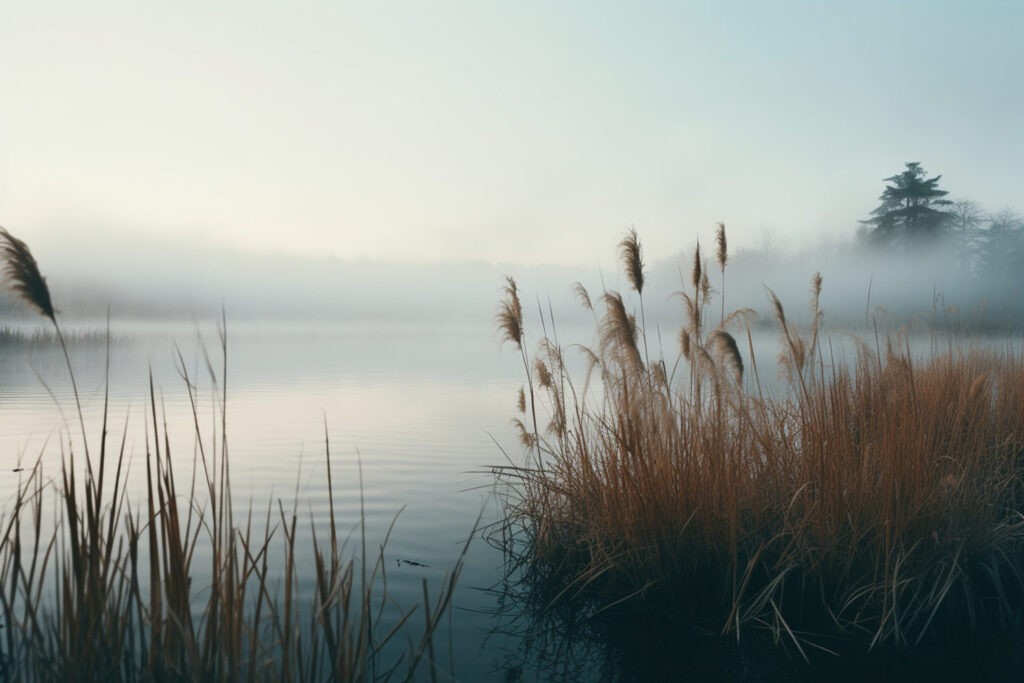
This didn’t occur to me until I write this, but using MidJourney as a way to test out the accuracy of your photo descriptions may be an interesting exercise.
Important Note: It’s mportant to remember that the subject of a photo can evoke different emotions in different people. This is especially true in photos of people, or of current events and situations. Therefore, it is crucial to be neutral when describing the subject and not make any exaggerated or false claims.
Try to remove your own emotion and describe it based on what you see as if a child was describing it.
Identify the Background of a Photo
When describing a photo, it is important to identify the background as it can provide context and add depth to the image. The background can be anything behind the main subject of the photo, such as a landscape, a building, or a sky.
To identify the background of a photo, start by looking at the main subject and then observe what is behind it. Is it a plain background or is there something interesting in the background? Is the background blurry or in focus? These observations can help you describe the background in detail.
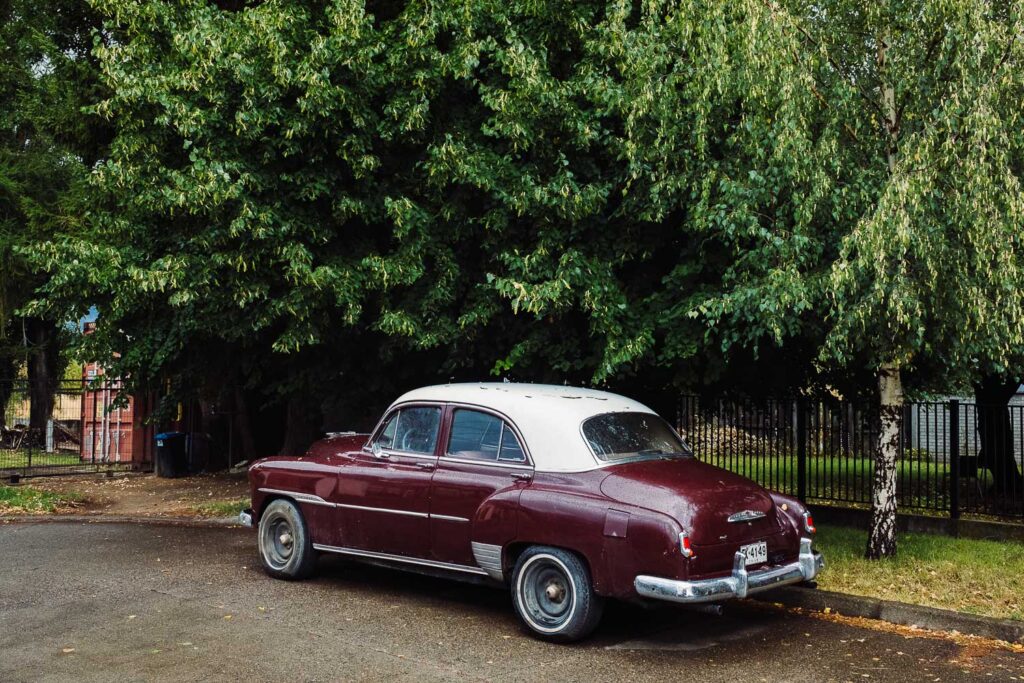
It is also important to consider the colors and lighting of the background. Are they contrasting or complementary to the main subject? Does the background add to the mood or atmosphere of the photo? These details can help you create a more vivid description of the photo.
When describing the background of a photo, it is important to use clear and concise language. Avoid using overly technical terms or jargon that may confuse the reader. Instead, use descriptive words that accurately convey the details of the photo.
For example:
- “The background showcases a majestic mountain range, with snow-capped peaks against a clear, blue sky.”
- “In the background, there’s a lush forest filled with vibrant green foliage, creating a natural and serene backdrop.”
- “The background features a bustling cityscape with skyscrapers that illuminate the night sky, creating a dynamic urban setting.”

Overall, identifying the background of a photo is an important aspect of describing a photo accurately and effectively. By paying attention to the background, you can provide a more complete and compelling description of the photo that engages the reader.
Describe the Light in a Photo
When describing the light in a photo, it’s important to consider the direction, intensity, and color of the light. These elements can greatly affect the mood and tone of the photo.
Firstly, the direction of the light can create different shadows and highlights on the subject and background. Front lighting, where the light source is in front of the subject, can create a bright and even exposure. Back lighting, where the light source is behind the subject, can create a silhouette effect or a halo around the subject. Side lighting, where the light source is on the side of the subject, can create dramatic shadows and highlights.

Secondly, the intensity of the light can affect the overall brightness and contrast of the photo. Overexposure, where the photo is too bright, can wash out details and colors. Underexposure, where the photo is too dark, can hide details and create a moody atmosphere.

Lastly, the color of the light can affect the overall tone of the photo. Warm colors, such as orange and yellow, can create a cozy and inviting atmosphere. Cool colors, such as blue and green, can create a calming and peaceful atmosphere.

Overall, the light in a photo plays a crucial role in setting the mood and tone of the photo. By considering the direction, intensity, and color of the light, one can effectively describe and appreciate the artistry of the photo.
Describe the Color in a Photo
When describing the color in a photo, it is important to consider the overall tone and mood that the colors convey. Warm colors such as red, orange, and yellow can create a feeling of energy and excitement, while cool colors such as blue, green, and purple can create a more calming and peaceful atmosphere.
In addition to the overall color scheme, it is also important to consider the saturation and brightness of the colors in the photo. Highly saturated colors can create a bold and vibrant effect, while desaturated colors can create a more muted and understated look.
Contrast between colors can also play a significant role in a photo’s overall impact. High contrast between complementary colors such as red and green or blue and orange can create a dynamic and eye-catching effect.
When describing the color in a photo, it is important to use specific and descriptive language. Instead of simply saying “the photo has a lot of blue,” try to be more specific by saying “the photo features a rich, deep shade of blue that dominates the composition.”
Overall, the color in a photo can have a significant impact on the viewer’s emotional response to the image. By carefully considering the use of color, photographers can create powerful and evocative images that resonate with their audience.
Describe the Composition in a Photo
When describing the composition of a photo, one should pay attention to the arrangement of visual elements within the frame. The composition is a crucial aspect of any photograph as it can determine how the viewer perceives the subject and the overall mood of the image.
One way to describe the composition is to identify the main subject and its placement within the frame. Is the subject centered or off-center? Is it placed in the foreground or background? These elements can affect the balance of the photo and draw the viewer’s attention to certain areas.
Another important aspect of composition is the use of lines and shapes. Are there any leading lines that draw the viewer’s eye towards the subject? Are there any repeating shapes that create a pattern? These elements can add depth and interest to the photo.
Additionally, the use of color and contrast can also affect the composition. Are there any contrasting colors that create a sense of tension or harmony? Is there a dominant color that sets the mood of the photo?
Finally, one can describe the overall mood or atmosphere of the photo based on its composition. Does the composition create a sense of calm or chaos? Is the subject isolated or surrounded by other elements? These elements can contribute to the emotional impact of the photo.
In summary, when describing the composition of a photo, one should pay attention to the placement of the subject, use of lines and shapes, color and contrast, and overall mood or atmosphere. By analyzing these elements, one can gain a deeper understanding of the photo and its intended message.
Describe How a Photo Makes You Feel
When describing a photo, it’s important to consider how it makes you feel. Emotions can play a big role in how we perceive and interpret images, and being able to convey these emotions can help others understand the impact of the photo.
One way to describe the emotions a photo evokes is to use adjectives that capture the mood or atmosphere of the image. For example, a photo of a sunset might be described as “peaceful,” “serene,” or “calming.” A photo of a busy city street might be described as “chaotic,” “energetic,” or “overwhelming.”
Another way to describe the emotions a photo evokes is to consider the subject matter and any associations or memories it may bring up. For example, a photo of a family gathering might evoke feelings of warmth, love, and nostalgia. A photo of a war-torn city might evoke feelings of sadness, despair, or anger.
It’s important to remember that everyone’s emotional response to a photo will be different, and that there is no right or wrong way to feel. However, being able to articulate how a photo makes you feel can help others understand the impact of the image and appreciate it on a deeper level.
When writing about how a photo makes you feel, it’s important to keep in mind the structure and accessibility of your content. Using clear and concise language, as well as descriptive titles and header tags, can make your writing more accessible to a wider audience, including visually impaired readers and assistive technologies.
Additionally, incorporating relevant keywords and following SEO best practices can help your content rank higher in search results and reach a wider audience. By considering both the emotional impact of a photo and the technical aspects of your writing, you can create a compelling and accessible description that captures the essence of the image.



